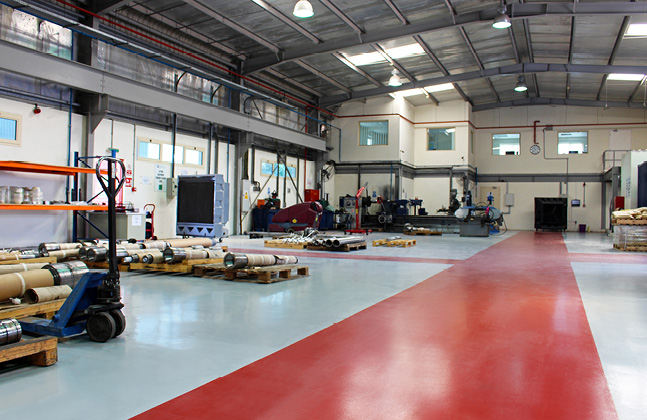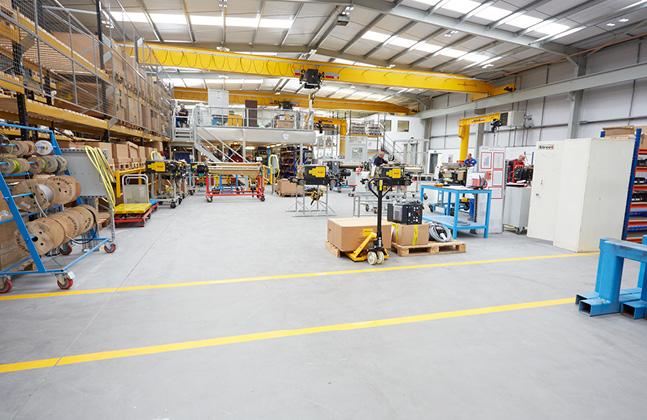Slips, trips and falls are an unfortunate yet common occurrence in production facilities across the world. Constant foot and wheeled traffic throughout factories and warehouses means that facility managers must be eternally vigilant in order to avoid flooring hazards.
However, almost all accidents are entirely avoidable and if extra care is taken, much distress, pain and compensation money can be saved!
Here are our top five tips to help prevent slips and trips in the working environment.
1) Eliminate the Hazard
If your project is a new build, it is essential to factor in any potential hazards during the design stages. Companies must minimise the variation in floor levels and avoid unnecessary inclines. Even if your project is a redevelopment, you must ensure that steps are taken to reduce or rectify any pre-existing fluctuations in floor heights or other obvious hazards.
2) Get the Right Grip
Take care when selecting flooring to make sure that you achieve the correct level of slip-resistance. Talk to flooring professionals in order to tailor the required level of slip resistance to each specific zone within your facility. Different areas require varying levels of slip resistance and it is vital to bare that in mind.
3) Isolate the Issue
Where possible, reduce access to high-risk areas to avoid unnecessary foot traffic. As soon as you become aware of a flooring safety hazard such as residual surface water, cordon off the area until the problem has been resolved.
4) Dictate Correct Drainage
The pooling of surface water can create a serious slip hazard in the workplace as well as providing a breeding ground for bacteria to multiply; this makes choosing the correct drainage solutions for your facility incredibly important. It is imperative that companies ensure that all areas have suitable gradients and steer excess water towards the drains.
5) Make it Visible
Use clear signage and demarcation to highlight any potential dangers to employees or site visitors. Bright markings and variations in floor colour are a great way to create clear walkways and also highlight changes in floor height, steps and edges.






